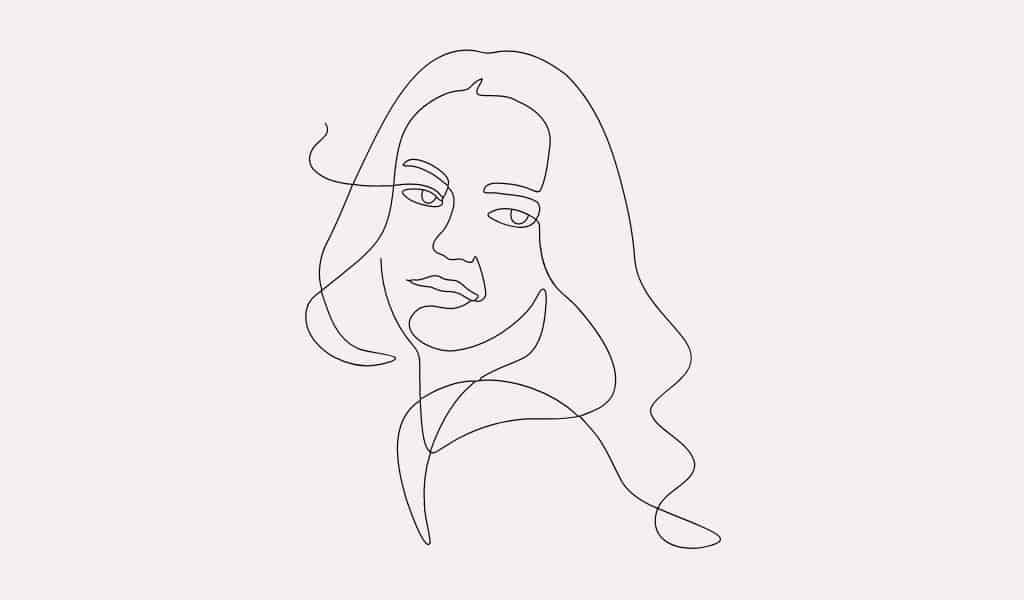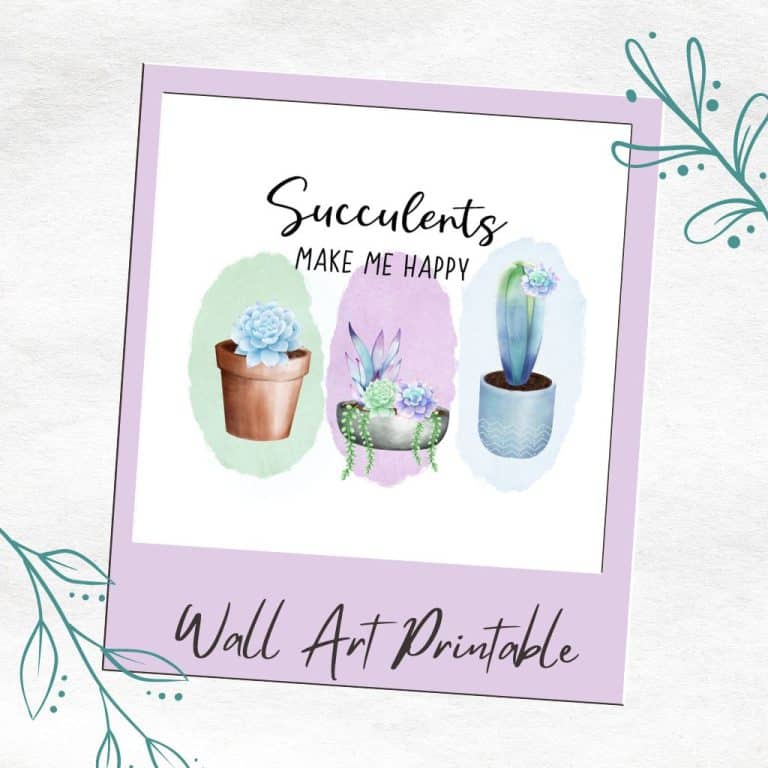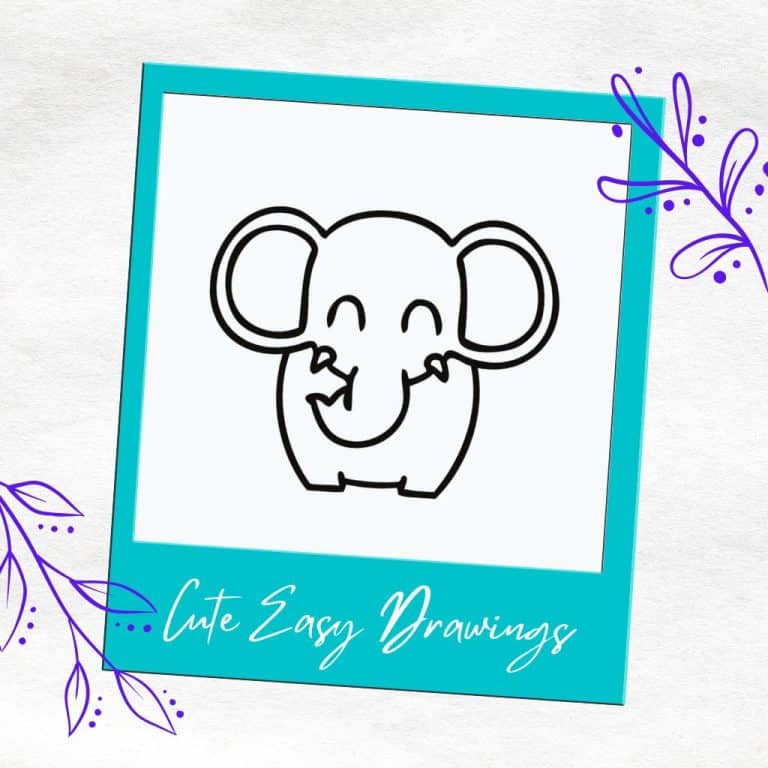How To Get Good At Drawing Fast: 17 Tips For Beginners
Do you want to learn how to get good at drawing fast? If so, you’re in luck! In this blog post, I will discuss 17 tips that will help beginners improve their drawing skills.
It can be difficult to learn how to draw quickly and accurately, but with practice and patience, you can do it!
I’ll start by discussing the importance of warming up your hands and eyes. Then, we’ll move on to some specific tips for improving your drawing skills. Let’s get started!
Is It Really Possible To Get Good At Drawing Fast?
You don’t have to be born an artist to start drawing amazing pictures.
If you spend as little as 5 minutes a day, you can train your brain to see things the way artists do and start improving your drawing skills.
All you need is a pencil and paper and to set aside time each day to practice using the 17 tips below and your drawing ability will improve faster than you think.
How To Get Good At Drawing Fast: 17 Helpful Tips
No.1 – Continuous Line drawing

Continuous line drawing can be a great way for beginners to learn how to draw fast. This type of drawing involves keeping the pencil on the paper and moving it around the page without lifting up the pencil.
This can help to train the hand and eye to work together more effectively, and it can also help to develop a sense of space and perspective.
Additionally, continuous line drawing practice can be a fun and relaxing way to spend some time. It can be a great way to de-stress after a long day, or it can simply be an enjoyable way to pass the time.
No.2 – Gesture Drawing
Gesture drawing is a type of drawing that focuses on the movement and form of the subject rather than on its details.
This can be a great way to learn how to draw fast because it allows you to capture the essence of the subject without getting bogged down in the details.
Gesture drawings are often done quickly, and they can be a great way to warm up before starting a more detailed drawing.
No.3- Train Your Eyes
One of the most important skills for any artist is the ability to train their eyes to see the world in a different way. By learning to see the world as an artist, you will be able to find inspiration in everyday objects and turn them into works of art.
Here are a few tips to help you train your eyes to see like an artist:
1. Pay attention to details. When you are looking at an object, take the time to really examine all of the intricate details. Notice the different colors, textures, and shapes that make up the overall image.
2. Simplify what you see. Once you have taken the time to really look at an object, try to simplify it down to its basic elements. This will help you break down a complex image into something that is much easier to draw.
3. Practice makes perfect. The more you practice seeing the world like an artist, the better you will become at it. So go out and explore your surroundings with fresh eyes, and don’t be afraid to experiment with different mediums and techniques. With a little practice, you’ll be surprised at what you can create!
No.4 – Practice Drawing Regularly
For anyone who wants to improve their drawing skills, regular practice is essential. By drawing regularly, beginners can learn the basic techniques and concepts more quickly.
Furthermore, practice helps to develop muscle memory, so that drawing becomes more natural and effortless over time. And as drawing becomes easier, beginners will find that they can draw faster and with greater accuracy.
So for anyone who wants to improve their drawing skills, the best advice is simply to pick up a pencil and start practicing!
No.5 – Take An Online Course
There are plenty of reasons to take an online course to learn to draw quicker. For one, it’s a great way to fit learning how to draw into a busy schedule. You can study at your own pace and as your time allows.
Additionally, you’ll have access to a wide range of resources that can help you in the learning process. These might include video tutorials, downloadable worksheets, and even a community of other learners who can offer feedback and support.
And of course, taking drawing classes online course is often more affordable than hiring a private tutor or enrolling in art schools that you have to attend in person. Not to mention, you don’t have to leave your house or fight traffic to get to your lesson.
So if you’re feeling stuck and not sure where to start with learning to draw fast, an online course could be the perfect solution for you.
No.6 – Set Achievable Goals

When you begin the drawing process starting with small, achievable goals, can help you begin to see results more quickly, which can give you the motivation to keep going.
Another benefit is that it can help to prevent frustration. If you’re constantly trying to meet unrealistic goals, it’s only natural that you’ll eventually become discouraged.
However, by setting achievable goals from the start, you can stay motivated and focused on your progress. Setting achievable goals is a crucial part of ensuring that your learning process is enjoyable and successful.
No.7 – Start With Basic Shapes
Drawing is a skill that can be learned by anyone and the best way to start learning is by starting with basic shapes.
Once you feel comfortable with drawing objects that are simple shapes, you can start to add details and complexity. By starting with basic shapes, you will be able to build a foundation for more complex drawings.
So don’t be discouraged if your early drawings look simple. With practice, you’ll be able to add more detail and make your drawings look more life-like.
No.8 – Pay Attention To Detail
For beginners, observation skills are essential for learning how to draw. Even simple objects can be tricky to recreate without observation skills.
By taking the time to really look at an object, you can start to see its details and begin to understand its form. This understanding is essential for being able to recreate the object on paper.
Of course, observation skills are not only useful for drawing; they can also be helpful for tasks like painting, sculpting, and even cooking.
So next time you pick up a pencil or paintbrush, take a moment to really observe your subject matter. You may be surprised at how much easier it is to recreate what you see.
No.9 – Use Reference Materials
A reference photo can be a great starting point for beginners while they learn to draw, as it can provide inspiration and a sense of direction.
By looking at reference photos, you can start to see the world in terms of line, shape, and form. This can be a great way to reduce the intimidation factor of a blank page.
In addition, using a reference photo can help you to understand how different variables such as light and perspective can affect the look of a drawing.
As you become more experienced, you will find that you rely less on reference materials. However, for beginners, reference photos can be a valuable tool in the learning process.
No.10 – Experiment With Different Mediums
Once you start drawing you will notice that there are many different textures that can be used in order to create different effects.
For example, using a smooth texture can help to create a sense of depth, while a rough texture can add dimension. By experimenting with different textures, beginners can learn how to create the desired effect in their drawings.
In addition, by using different textures, beginners can also learn how to control the amount of blending and shading that they use in their drawings. By exploring different textures, beginners can vastly improve their drawing skills.
No.11 – Don’t Be Afraid To Make Mistakes

Making mistakes is an inevitable part of learning to draw, but it’s important not to be afraid of them. After all, mistakes are how we learn.
If we’re never willing to experiment or take risks, we’ll never improve our skills. Beginner artists should see each mistake as an opportunity to learn and grow.
When you start drawing, you will become more comfortable with making mistakes, and this will increase your chance of enjoying it as a fun pastime.
So next time you make a mistake while drawing, don’t be discouraged – embrace it and use it as a chance to learn something new!
No.12 – Draw From Your Imagination
Once you’ve developed a basic understanding of how to create shapes and lines on paper, it’s time to start exploring your imagination.
Drawing from your imagination allows you to create anything you can dream up, without being limited by what’s in front of you. It also helps to develop your own unique artistic style.
So instead of copying someone else’s work, let your imagination run wild and see what you’re able to create. You may be surprised by the results!
No.13 – Use Guidelines
If you’ve ever tried your hand at drawing, you know that it can be a frustrating experience. Lines refuse to go where you want them to, and proportions always seem to be off.
Fortunately, there are some simple guidelines that can help even the most novice of artists to produce decent results. One of the most important things to keep in mind is proportion.
This simply means making sure that the different parts of your drawing are in relative sizes to one another.
Another helpful tip is to use light and shadow to create a sense of depth and volume. By playing with these two elements, you can give your drawings a more realistic feel.
Finally, don’t be afraid to experiment. The great thing about drawing is that there are no rules. So go ahead and break them!
No.14 – Believe In Yourself
As any artist will tell you, learning to draw is all about developing your own unique style.
It can be easy to get discouraged when comparing your work to that of other artists, but it’s important to remember that everyone has their own journey.
One of the most important things you can do is to believe in yourself. When you have faith in your abilities, it will show through in your work.
So next time you sit down to draw, take a deep breath and remind yourself that you have what it takes to create something beautiful. After all, the only way to become a great artist is to start with believing that you are one.
No.15 – Set A Timer
A lot of people think that they can’t draw because they’re not fast enough. But the truth is, anyone can learn how to draw faster with a little bit of practice.
One way to help beginners learn how to speed up their drawing is by setting a timer. When you’re working against the clock, you need to focus on making quick decisions and trusting your instincts.
This can be tough at first, but with a little bit of practice, it will become second nature. And before you know it, you’ll be able to draw faster than you ever thought possible!
No.16 – Use A Wooden Art Doll

One of the hardest things to draw is the human figure. Unless you’re a pro, getting all the proportions right can be a real challenge.
That’s where wooden art dolls come in. These handy little figures can be used as reference points when drawing the human form.
By studying the doll and observing how its features are arranged, you can start to get a feel for how to draw a person’s head, torso, and limbs in relation to one another.
In addition, wooden art dolls can be poseable, so you can experiment with different positions and gestures to add interest to your drawings.
So if you’re struggling with figure drawing, grab yourself a wooden art doll and give it a try!
No.17 – Be Patient
Anyone who has ever tried to learn how to draw knows that it can be a frustrating process. The learning curve is steep and it can be easy to get discouraged.
However, the key to success is patience. By taking the time to practice and master the basics, you’ll eventually be able to produce the results you’re looking for.
And even if you never become a world-renowned artist, learning to draw can still be a rewarding experience. So don’t give up – with a little patience, anyone can learn how to draw!
Key Considerations For Successfully Learning To Draw Fast
Taking It To The Next Level: How To Improve Your Drawing Skills
One of the best ways to improve your drawing skills is to take a class. There are a few ways you can do this such as; learning online from an online course platform or taking a class at a local community college or adult education center.
Even if you don’t consider yourself “artistic,” a beginner’s class will give you the opportunity to learn the basics of drawing and gain some confidence in your abilities.
If classes aren’t your thing, there are plenty of excellent books and online resources that can teach you how to draw.
Once you’ve learned the basics, try setting aside some time each week to practice what you’ve learned. Set up a still life with some simple objects, or try sketching people in a busy public place.
As your skills begin to improve, challenge yourself by working on larger and more complex drawings. With a little effort, you’ll be surprised at how quickly your drawing skills improve.
Alternatives To Learning To Draw Fast
If you are trying to create a drawing for a particular event, like a birthday present then one of the alternatives to learning to draw fast is to hire an artist.
This will save you time and the stress of having to learn how to draw. However, it can be expensive to hire an artist, and you may not be able to find one that meets your needs.
Another alternative is to use a drawing software program. This can be a good option if you want to learn how to draw fast because you can work at your own pace and choose from a variety of tutorials.
There are also a number of free online drawing programs, like Inkscape that can be a great option for learning how to draw fast. These programs often provide step-by-step instructions and video tutorials that can help you master the basics of drawing.
Whichever option you choose, remember that practice makes perfect. The more you practice, the faster you will be able to draw.
Conclusion
If you’re like most people, you probably think that you’re not very good at drawing.
After all, drawings are supposed to look “realistic,” and most of us can’t even manage a stick figure that looks remotely like a human being.
But the truth is, anyone can learn to draw well enough to create attractive works of art. Just like with any other skill, practice is the key to improving your drawing skills.
And fortunately, there are a number of easy ways to practice that don’t require any special talent or training.
By following the above tips, you’ll be well on your way to becoming a skilled artist in no time.
Just remember to keep practicing and never give up on your dreams. With a little bit of hard work, anything is possible!






